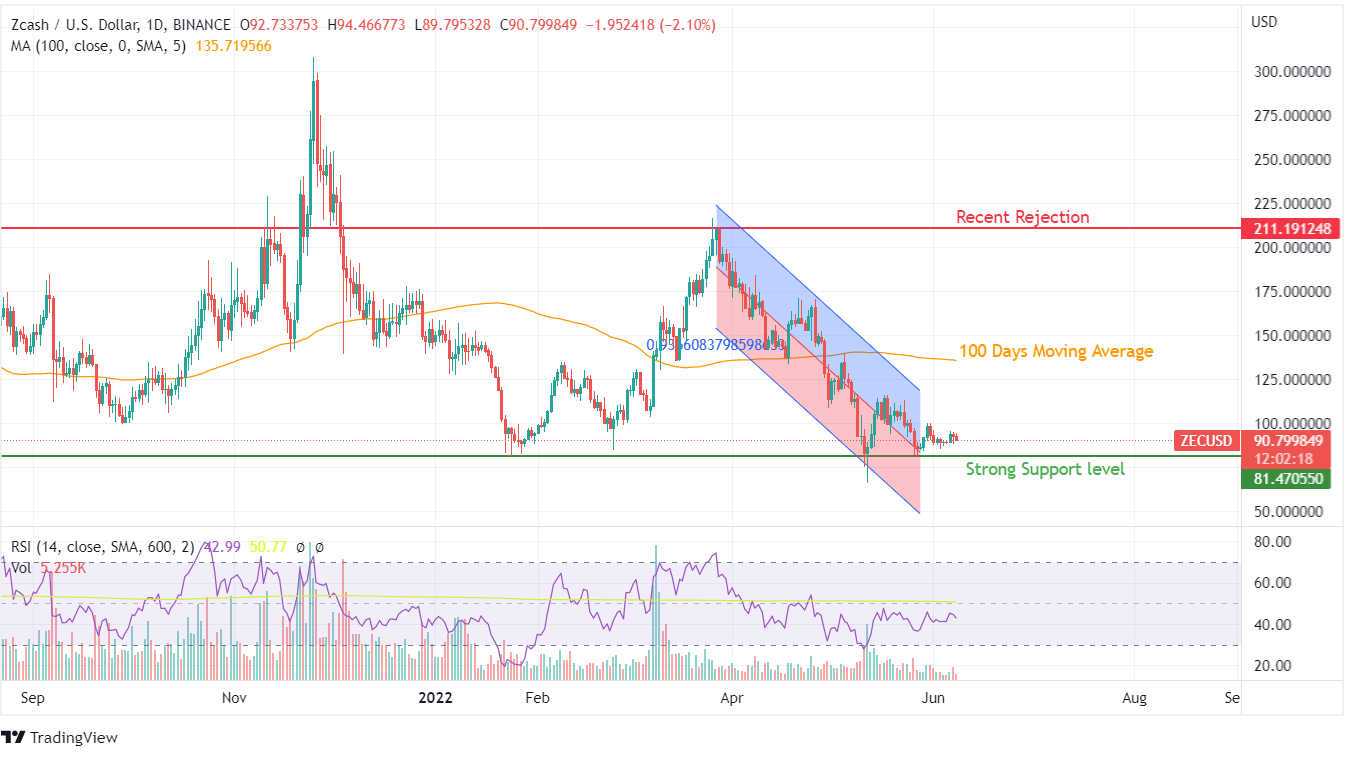Current money technology faces various problems. The first is the government’s control over the money. If governments become destabilized or corrupt, officials gain control, and citizens can be left with worthless currency. The second is the institution that keeps track of all the money & the banking system.
After Bitcoin was released, Satoshi Nakamoto wrote about the privacy flaw in a public discussion with other developers. If only we could encrypt the blockchain transactions, we could do that. This theoretical technology was called Zero-Knowledge Proof.
Zero-Knowledge Proofs are a way to prove the truth of a piece of information without revealing the information itself. Zero-knowledge Proof can be used to solve the privacy problem in a blockchain, and Zero-knowledge Proofs are the key to keeping transaction details private.
When you make a transaction from your phone or computer, it gets run through a code that checks whether or not it’s following certain rules. If the transaction follows the rules, it gets approved and then encrypted. Once encrypted, the transaction details are kept completely private.
In 2013, a team of scientists published a paper that explained how to make Zero-Knowledge Proof cryptography efficient enough to be used for every transaction.
All of this laid the foundation of Zcash as we know it today. Zcash is currently valued at $1,312,855,690 based on its total supply volume, out of which only 69% is circulating in the market. In times of government sanctions and regulatory actions, ZEC takes sudden leaps but collapses as soon as the clouds of uncertainty clear out.
Zcash’s sudden collapse from $200 in April to under $100 in June is disappointing since this cryptocurrency has the potential to revolutionize the peer-to-peer transaction system.
Zcash has taken two leaps in one year, each peak lower than the previous one. ZEC reached its peak buying sentiment during the recent $211 run in April 2022 but was quick to tumble back to $90 as RSI reached oversold. Currently, ZEC prices remain in the negative zones, but RSI shows a rise in its buying sentiment indications.
The regression trend shows the values below $120 as negative. Hence, ZEC will be deemed positive on its immediate values for the short term if it manages to cross this immediate resistance zone.
On the other hand, its 100 DMA curve has been trading in a similar curve over the last year, indicating ups and downs but a consistent price elevation to avoid a major sell-off. Breaching the 100 DMA curve will be an extreme sign of positiveness for ZEC.


